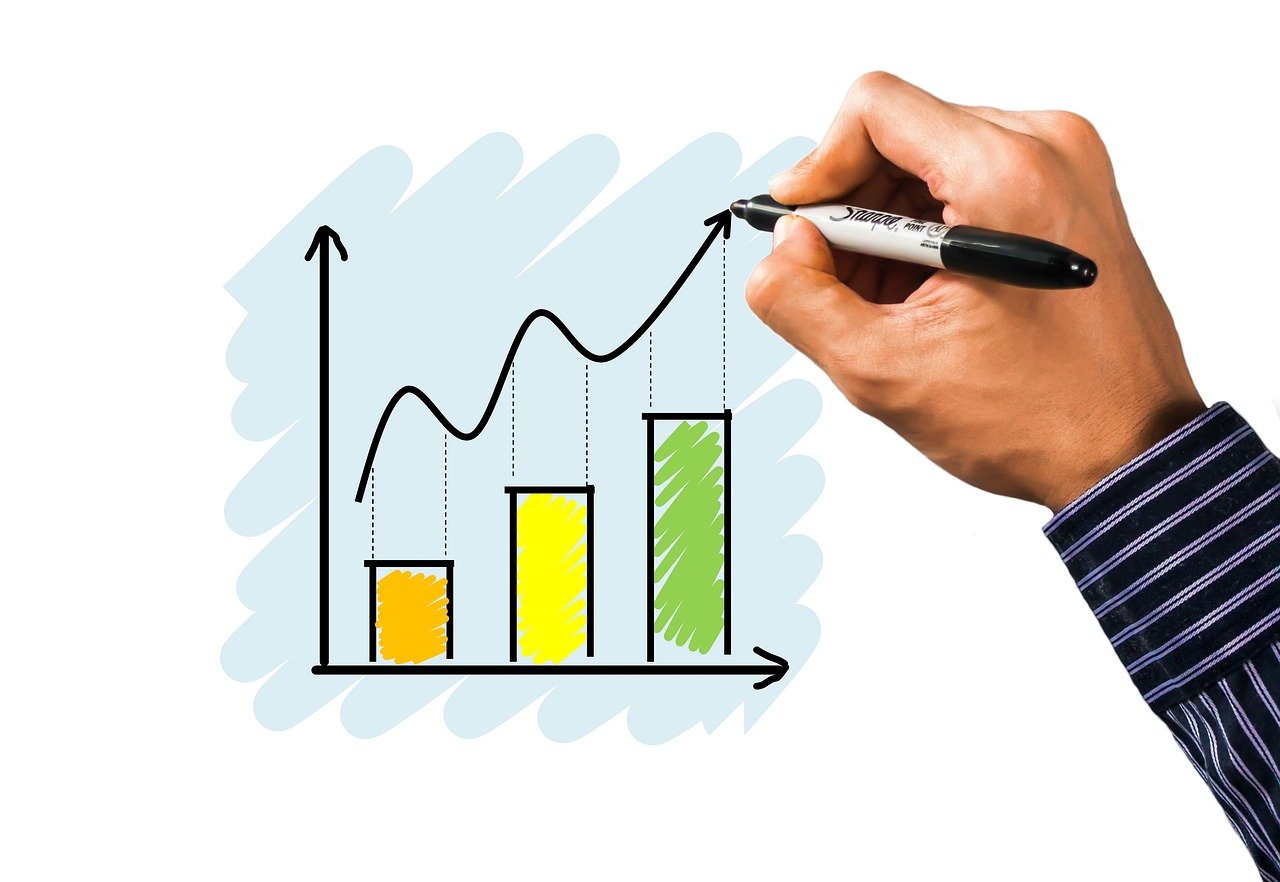The Value of Analytics Integrated With CRM: 5 Reasons You Need It
Take a moment to imagine something from your childhood — specifically, think about LEGOs. Think about the LEGO kit every kid wanted that one Christmas, or maybe even the one you or your child want this Christmas. The thousand pieces that build the Millennium Falcon or the Jurassic Park kit that includes a roaring LEGO T-Rex…
Now imagine you receive that kit with no instructions; just a million tiny LEGOs and no data that helps you put it together. Chances are, you’re not going to end up with a starship, a dinosaur or whatever else you were meant to build, right?
That’s how your sales and customer relationship management work when you don’t have the right tools. Without viable customer experience management software that includes analytical capability, you can end up with a lot of disparate information and no real plan on how to build it into a sales machine that supports a robust and consistent revenue. CRM analytics can help.
What Is CRM Analytics?
CRM analytics are the metaphorical instruction sheets in your box of LEGOs. And the LEGOs are actually pieces of information about customers, their buying journey, their past interactions with you and anything else that might be relevant to product development, marketing, sales or customer service.
5 Benefits of CRM Analytics
It’s obvious why you want the instruction sheet in your LEGO container. It’s what gets you from start to finish without tears, frustration and potentially giving up on the entire toy. Here are five reasons you want CRM analytical capability in your customer relationship manager software.
1. Prioritize contacts that are most likely to convert.
CRM analytics help you understand the true value of each customer in your list. That makes it possible to prioritize customers that are most likely to convert when you’re making an offer or launching a campaign.
If you’re simply sending an email to your list, you might not worry as much about this step. But if you’re engaging in more costly efforts, such as having sales team members reach out individually via email or phone calls, you don’t want to waste time on consumers that are unlikely to make a purchase.
And no matter what type of marketing you’re doing, you can save resources by using CRM analytics to scrub data clean. For example, you can remove outdated or duplicate contacts so you’re not using your resources on work someone’s already done. You can also run automated checks to verify data is complete before you provide leads to sales teams, so your staff isn’t spending more time fixing or sorting through data than connecting with consumers.
2. Create audience-based campaigns.
Even if you’ve used CRM analytics to scrub your list clean, not every offer will resonate with your entire list. Analytics lets you create audience-based campaigns to increase your chances of lead generation and conversion.
Most people still default to demographics such as gender, age, income level and location when considering targeted campaigns and offers, and while those can be a good place to start, robust analytics in your CRM allows you move well beyond those basics.
Consider, for example, creating a behavior-targeted campaign. You know which consumers repeatedly purchase a specific product, so they’re the first you target with ads for a new version of that item. Or, if you sell cosmetics and have an offer related to lip care, you might look for consumers who regularly invest in that area.
In some cases, it’s about targeting the same offer to different people in unique ways. Perhaps you’re offering a 20% discount on cosmetics, but you’re unsure of what to focus on when targeting your leads — not everyone will jump on an email that concentrates on mascara. With an analytics-integrated approach, you can send that same offer with different subject lines, text and images to each lead, accounting for how each person tends to interact with your products.
Another option for segmenting your audience when you have enough data is psychographics. This divides your audience into sections based on interests, personalities and other factors such as personal values or lifestyle choices, ultimately helping you create marketing content or position sales contacts in ways that are likelier to resonate.
3. Market and sell based on similar audiences.
After you segment your audience using data in your CRM system, you can collect information on what works with each audience. Then you can use those same tactics to reach out to similar audiences.
For example, a B2B company that’s dialed in its approach to clients in the finance sector based on analytics can use that data to tailor its approach when launching a product to the insurance sector. That’s because there’s some overlap between financial and insurance B2B clients that can be leveraged.
4. Drive customer loyalty for increased lifetime client value.
Whether you’re working in a B2B or B2C sector, CRM analytics can help you drive customer loyalty. And loyal customers are more valuable customers because retention is less expensive than acquisition.
Here are just a few ways analytics within your CRM can help support customer experience and loyalty:
- It lets you solve problems proactively. That means you meet the customer’s need even before they know it’s there, making you a trusted resource the consumer returns to repeatedly.
- You can suggest the ideal product or service, saving time for you and your customers and creating a seamless, easy customer experience.
- Data-enhanced AI such as chatbots can ensure consumers have access to assistance at all times. Consumers love decreased wait times and more action like few other things.
5. Provide impact measurements for the C-suite and other stakeholders.
Finally, access to the right information lets you provide impact measurements to executives and other stakeholders. Whether you’re trying to convince the C-suite that a certain marketing campaign is a good idea or you need to demonstrate value to nonprofit funding sources, CRM analytics let you tell the story of what is—or isn’t—working to support data-backed decision-making.
At SugarCRM, we’re providing the next frontier in CRM analytics, giving our clients the power to predict the future so they can best serve their customers while meeting business and sales goals. Our new software initiative, HD-CX, is putting the power in your hands. Contact us to find out more.

